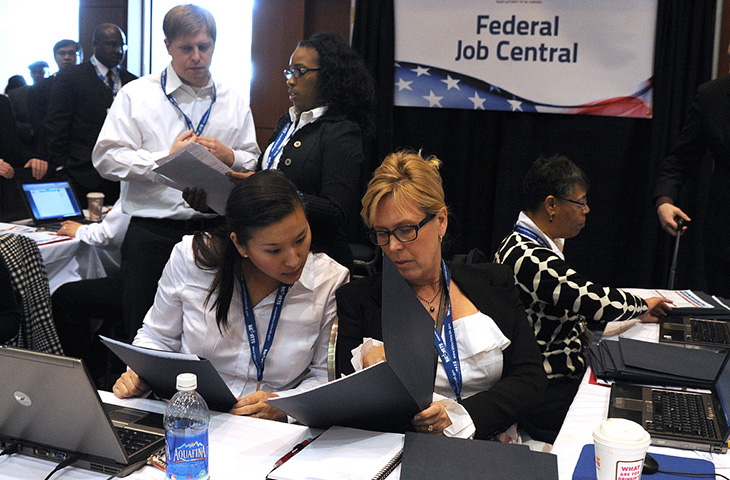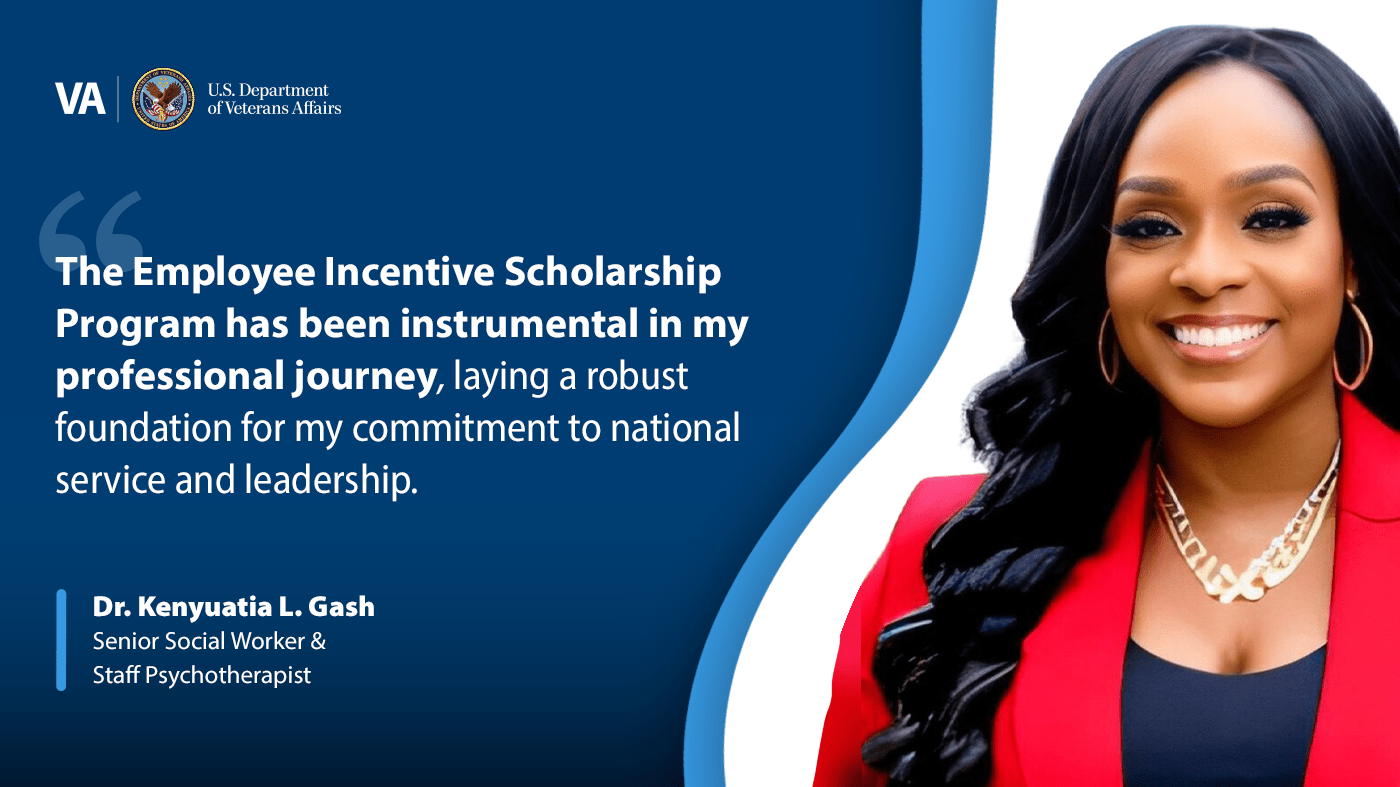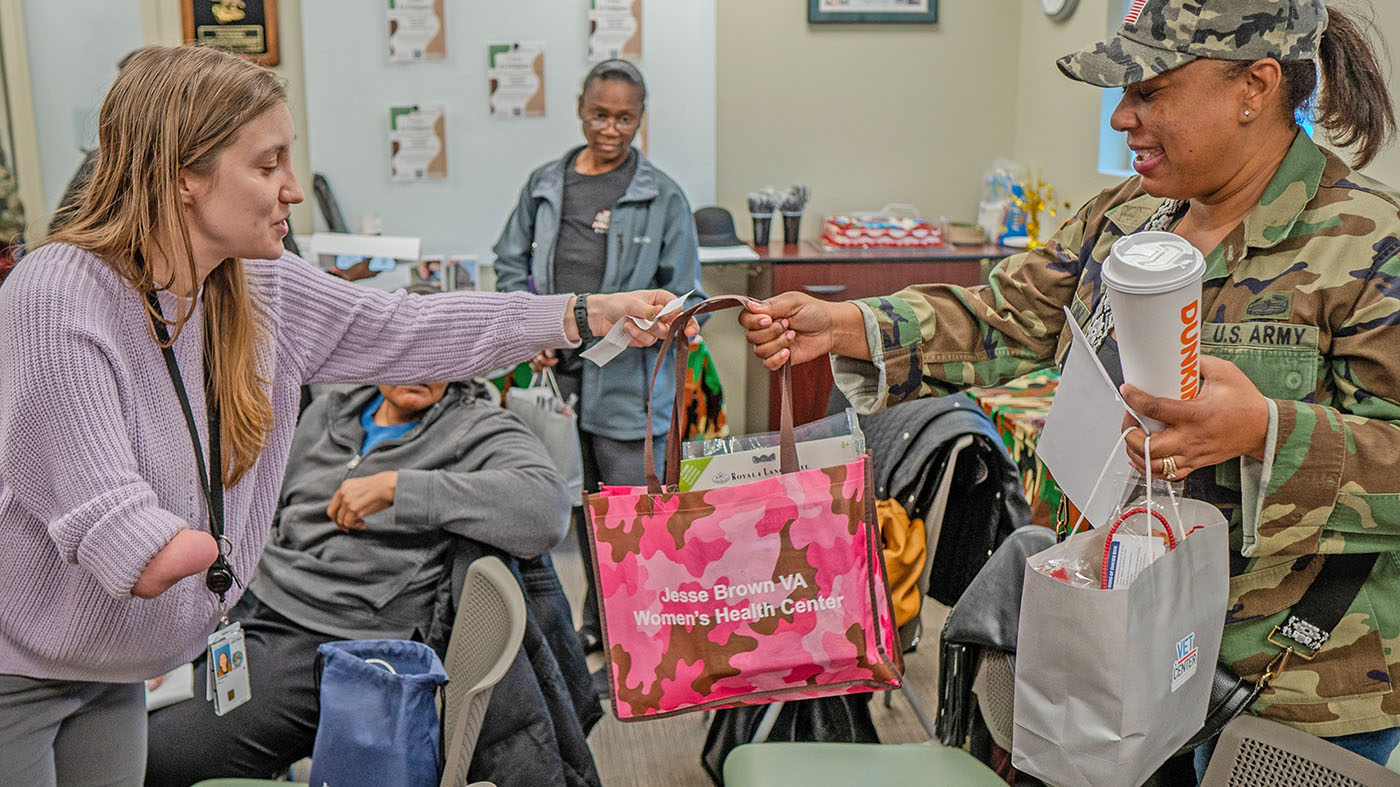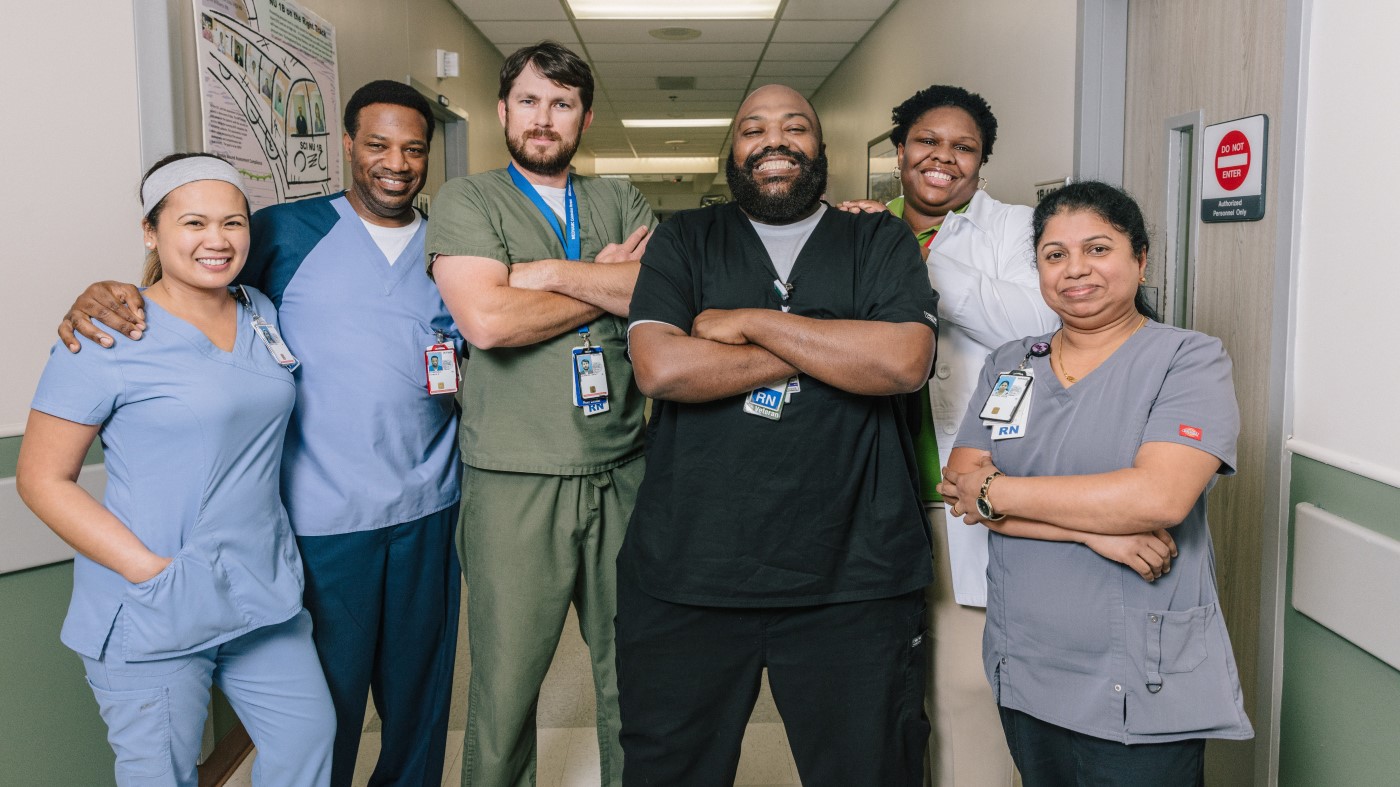For this week’s State of Women Veterans blog, I interviewed Dr. Nancy A. Glowacki, who serves as the women Veteran program manager with the U.S. Department of Labor (DOL) Veterans’ Employment and Training Service (VETS). In this role, she is responsible for continuously monitoring the overlapping considerations of working Veterans and working women to ensure that DOL’s employment services are meeting the needs of women Veterans.

Q: How do rates of workforce participation and unemployment for women Veterans compare to those of men Veterans and women who never served?
A: I’m really glad you asked about both workforce participation and unemployment. Too often, we hear about unemployment statistics, but actual workforce participation and employment rates are overlooked. Starting with unemployment rates – the differences between the unemployment rates for women Veterans and women who never served have not been statistically significant for the past three years, but the unemployment rates of women Veterans do tend to be slightly higher than the rates of male Veterans.
In 2015, the annual average unemployment rates for women Veterans, women who never served, and male Veterans were 5.4 percent, 5 percent, and 4.5 percent, respectively. What is often overlooked is that women Veterans also have higher rates of workforce participation and higher rates of employment than both male Veterans and women who never served. In fact, 62 percent of women Veterans participated in the workforce in 2015, compared to 50 percent of male Veterans and 58 percent of women who never served. In that same year, 59 percent of women Veterans were employed compared to 47 percent of male Veterans and 55 percent of women who never served.
How can all three rates be true simultaneously? The answer is in how these terms are defined. The workforce, or labor force, includes both people who are employed and people who are not currently working, but who are available for work and actively seeking work. If a person is no longer actively seeking work, they are considered to be not in the labor force. There are many reasons people may no longer be seeking work, one of which that they either believe there are no jobs available or believe they are not qualified and have therefore become discouraged and given up. Women Veterans are less likely than male Veterans or women who never served to be ‘not in the labor force.’
Q: What are some of the assets women Veterans bring to the civilian workforce?
A: Oh my goodness, there are far too many to list here today. Think of all the positive traits that Veterans bring to the workforce. Now think of all the positive traits that women bring to the workforce. Women Veterans bring both! Additionally, they’ve already proven their ability to succeed in a male-dominated or nontraditional occupation for women.
Q: Can you describe some of the barriers that women Veterans face when entering the civilian workforce?
A: Well, job-hunting and career transitions can be difficult for anyone. In addition to challenges commonly experienced by any job-seeker, Veterans may also experience difficulty translating military skills into civilian language, unfamiliarity with the civilian job search process and much more. On top of all that, and unlike male Veterans, women who served may also experience challenges that are common among women who have not served. Generally speaking, women are more likely than men to be concentrated in low-wage occupations, to earn the minimum wage and to experience poverty. These barriers do not discriminate by Veteran status, so women Veterans really need to arm themselves with job-seeking skills – skills which can be learned through the free resources and services available to them.
Q: Does DOL have in-person employment services for women Veterans? What are they and where can we learn more about them?
A: We sure do! DOL funds employment services in nearly 2,500 American Job Centers across the nation. Any job-seeker can receive assistance at these centers, but Veterans receive priority of service. More intensive case management is provided to Veterans considered to have significant barriers to employment. We have a 31-minute webinar explaining these services and how to access them on our DOL VETS Women Veterans webpage titled ‘Employment Assistance for Women Veterans.’ Need to find an American Job Center right now? No problem – grab that smartphone, go to your app store and type in ‘CareerOneStop Mobile’ or visit careeronestop.org.
Q: Is there a resource you wish more women Veterans were aware of in the public sector?
A: I’d like to encourage women Veterans to utilize http://www.veterans.gov/ as an online employment resource. This website was designed to be the virtual “first stop” for Veterans, transitioning Servicemembers and their spouses in the job search process – and for employers in the hiring process. The site brings together job banks, American Job Centers, opportunities in top trending industry sectors, employer assistance and more all in one online spot. There also are links to several platforms that Veterans can use to help translate their military skills into skills for the civilian workforce, as well as a link to information and resources specifically helpful for working women.
Q: Is there anything I haven’t asked you about that you’d like to mention?
A: I’d like to make sure women Veterans know how to reach us here at DOL VETS. Contact information for the VETS office in your state, as well as for staff at the national office, can be found at https://www.dol.gov/vets/, under ‘Find a VETS Office.’
This is the ninth blog in an 11-week series on the State of Women Veterans. Visit the campaign page to read other entries.
Topics in this story
More Stories
Through programs like the Employee Incentive Scholarship Program (EISP), VA employees like Dr. Kenyuatia L. Gash have received financial support in pursuit of their education.
Chicago Vet Center and VA gave women Veterans information on VA services available to them.
Providing better outcomes for diverse Veterans means finding ways to reach them, whether on a personal level or on a geographic level.








My comment is in the form of a question as to why Female Air Force Reservists (Field Grade Officers) may be pushed into a veteran’s status the day after giving birth in accordance with the current AF regulation. They are not able to continue on Active status after the 34th week of pregnancy and not allowed paid maternity leave. One reservist in particular was reassigned to a position across country, east coast to west coast with family shortly after being married. The release from Active status automatically produces an extreme hardship as the husband is not a full time employee and the airman is obligated to move back across country in order to meet the obligation of being a Federal employee in addition to being forced into unpaid maternity leave, if taken. The governing AF regulation is not consistent with DOD regulations on maternity issues and may be inconsistent with changed legislation.